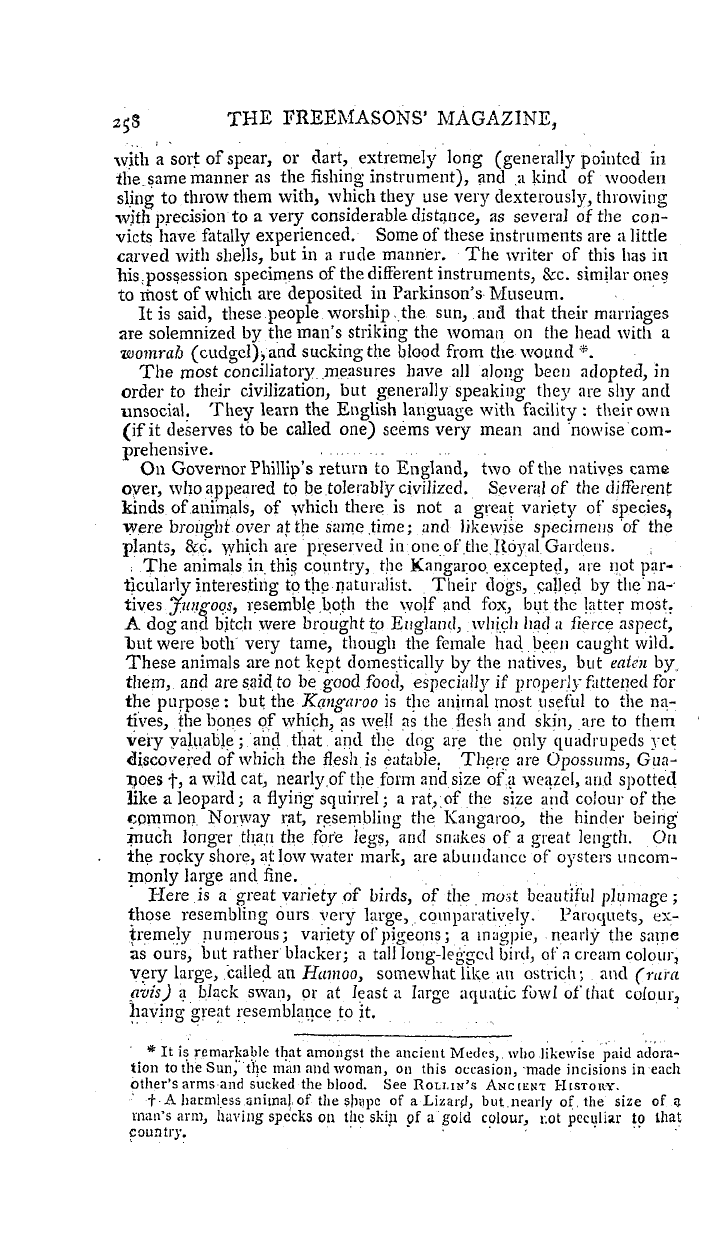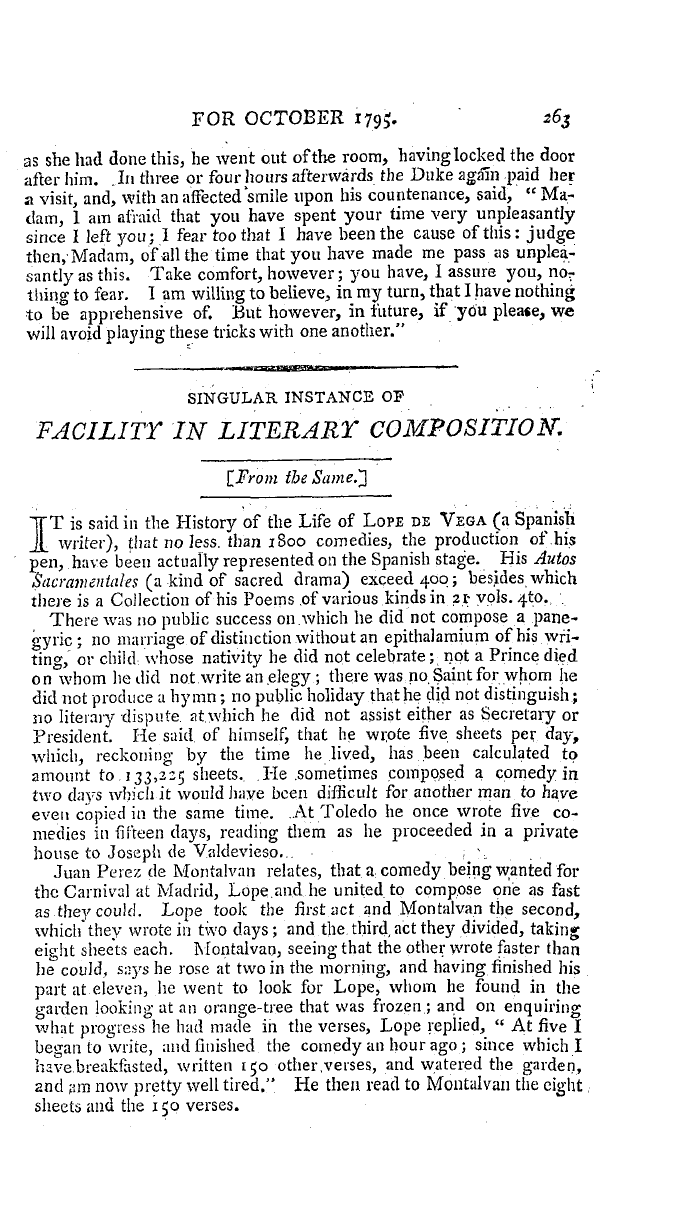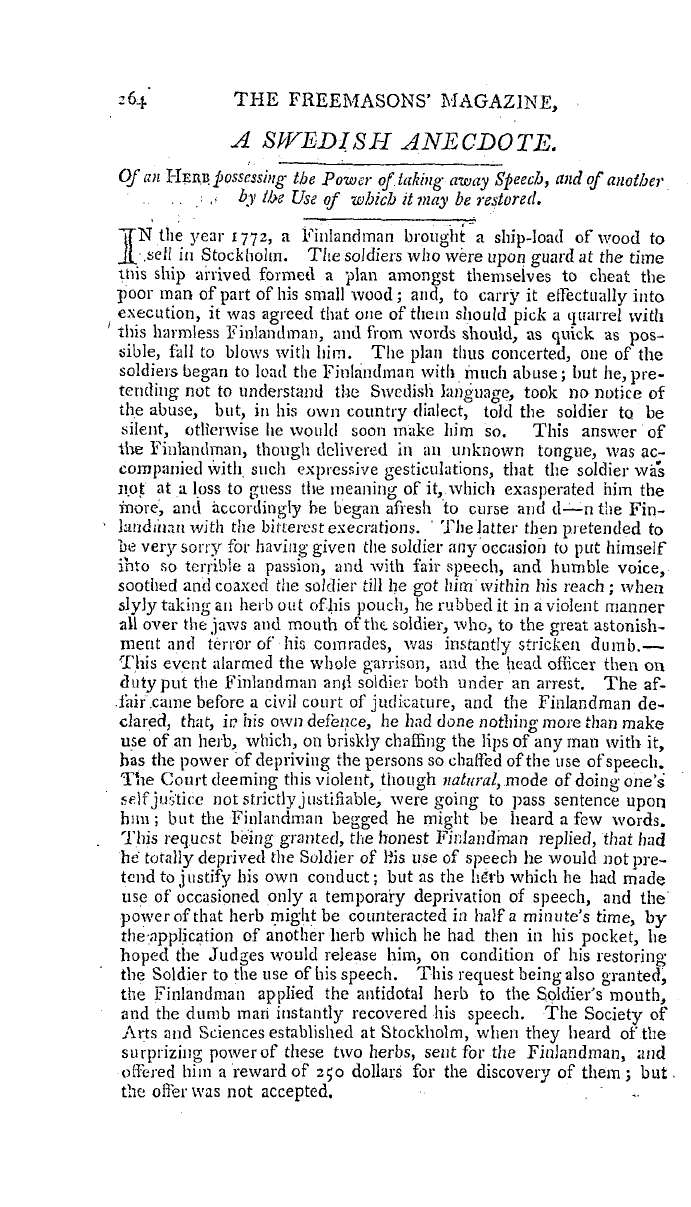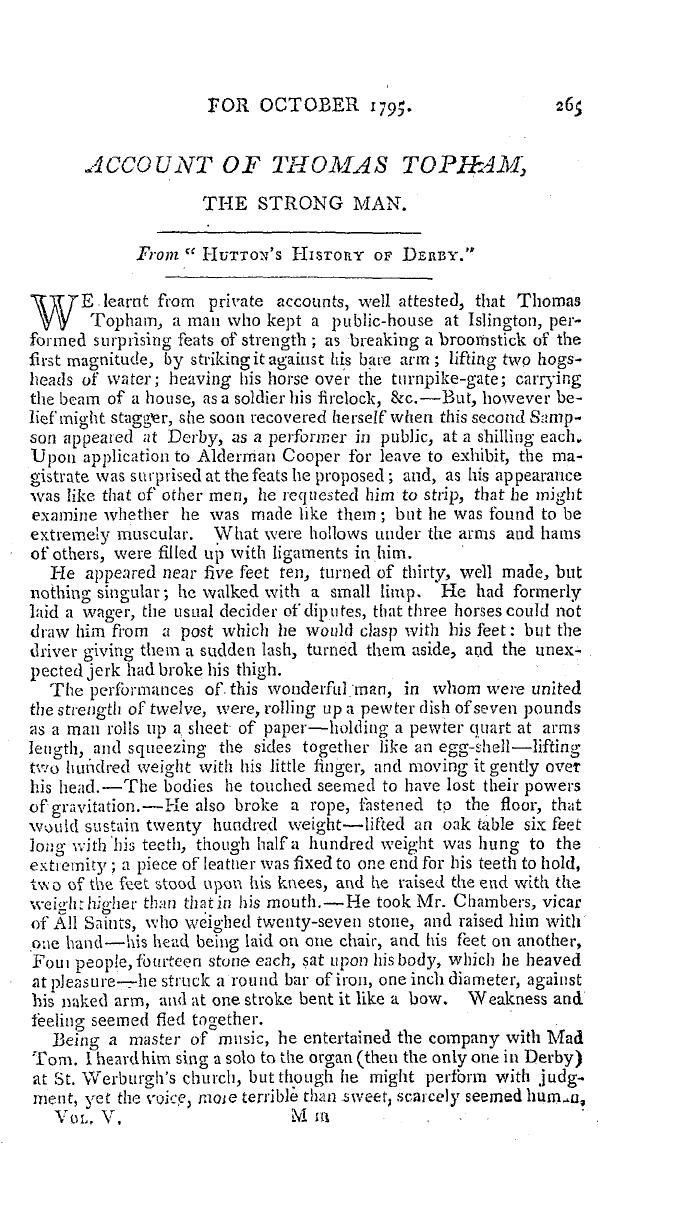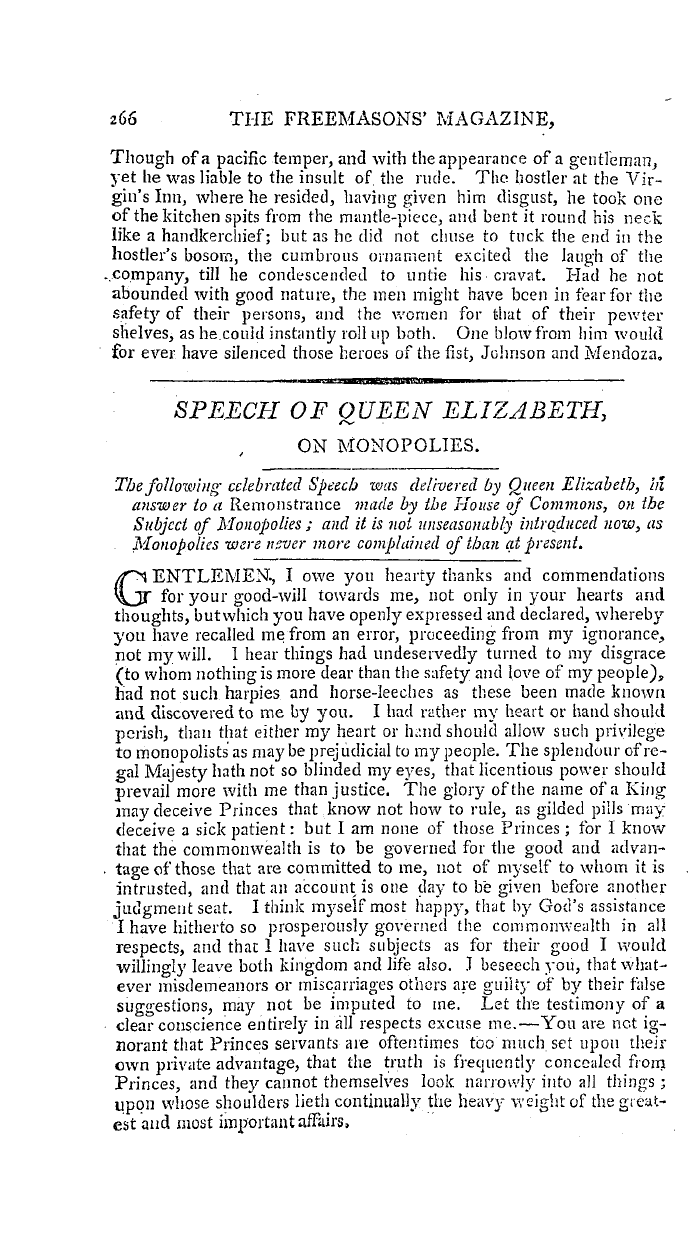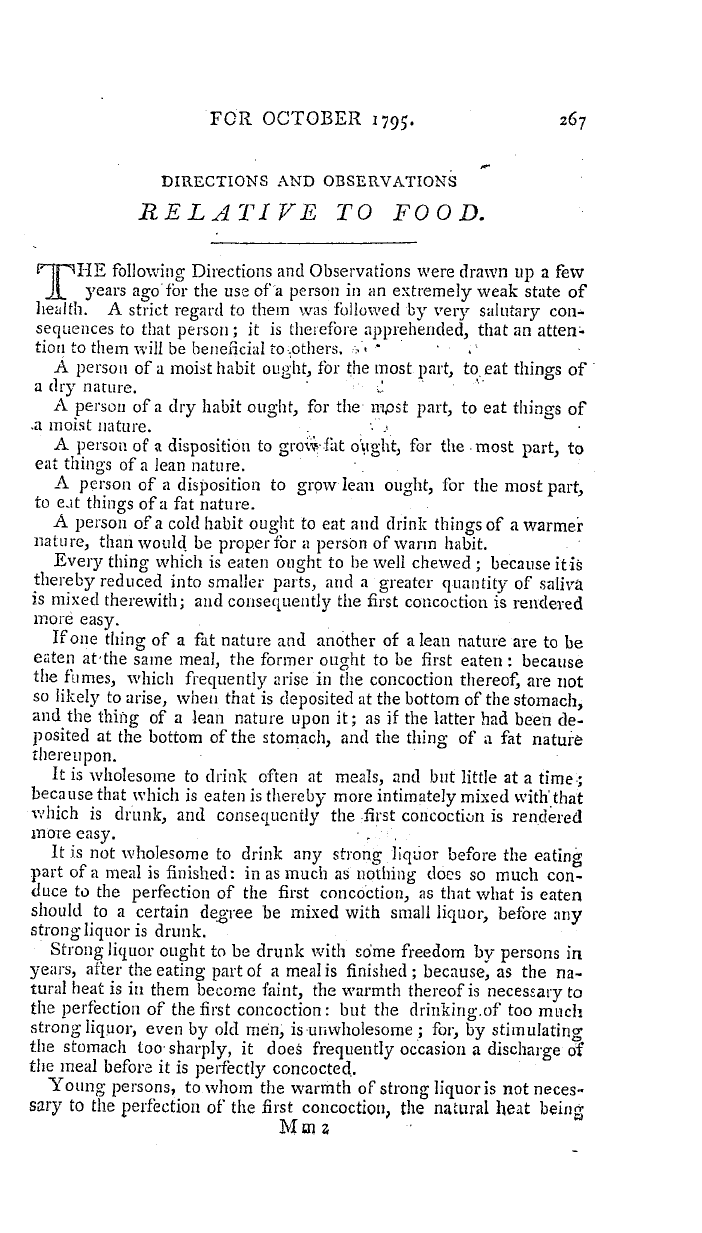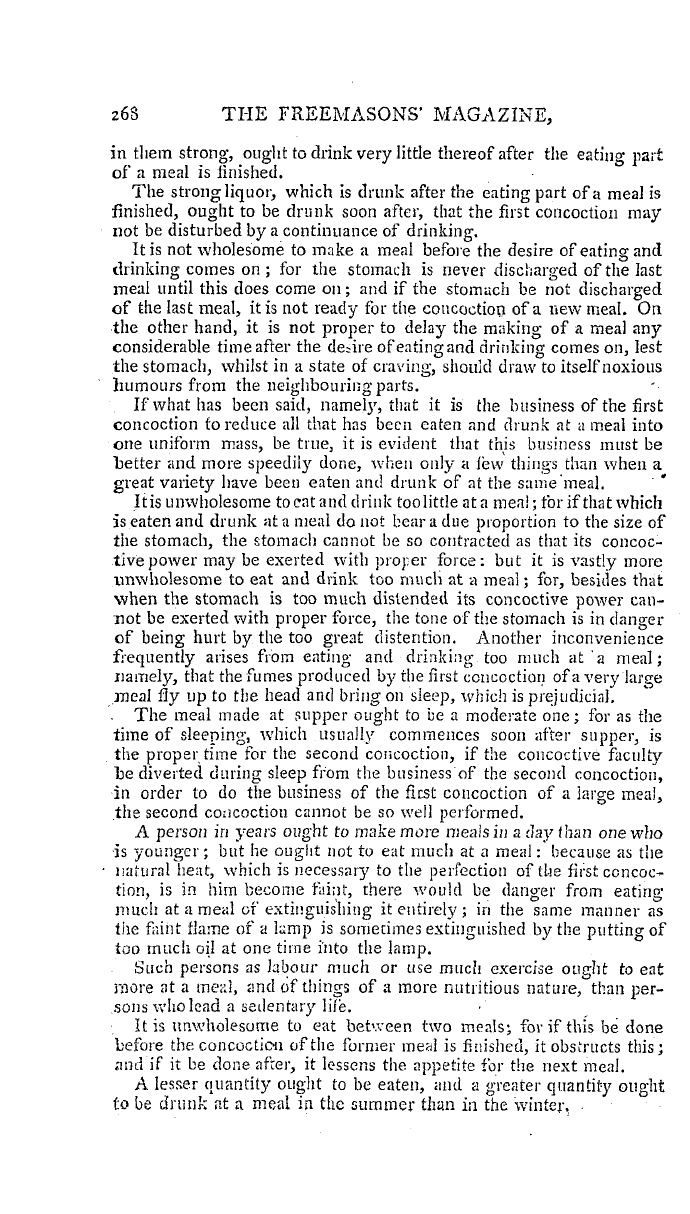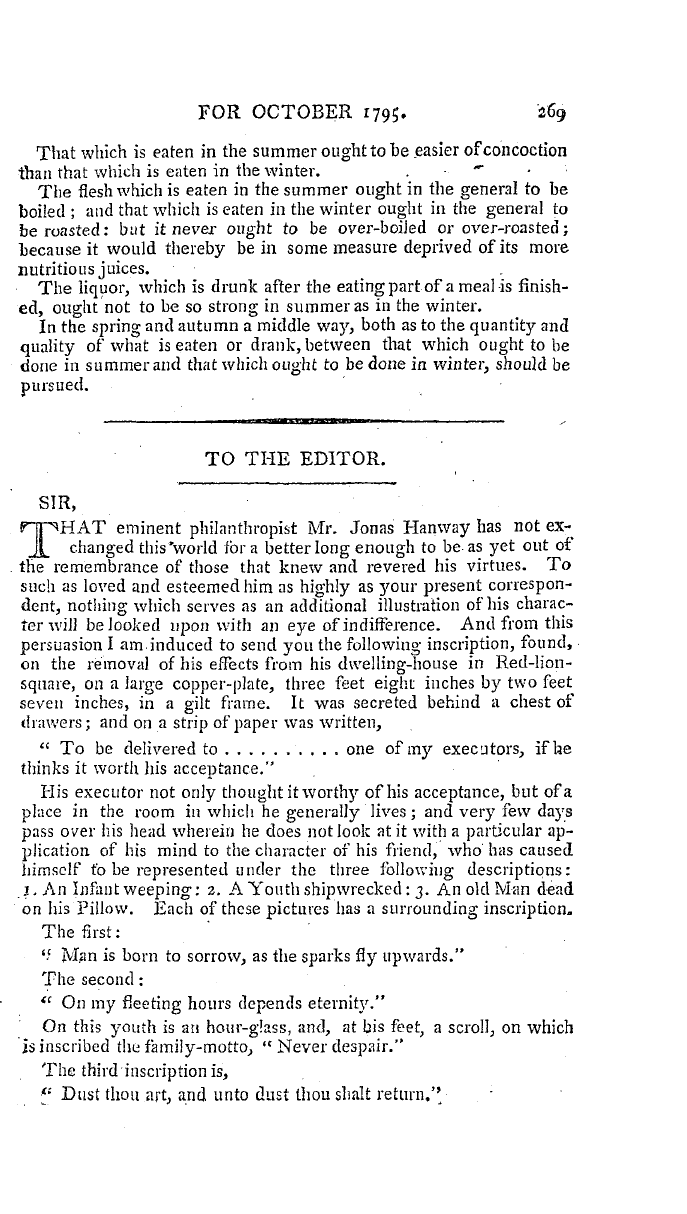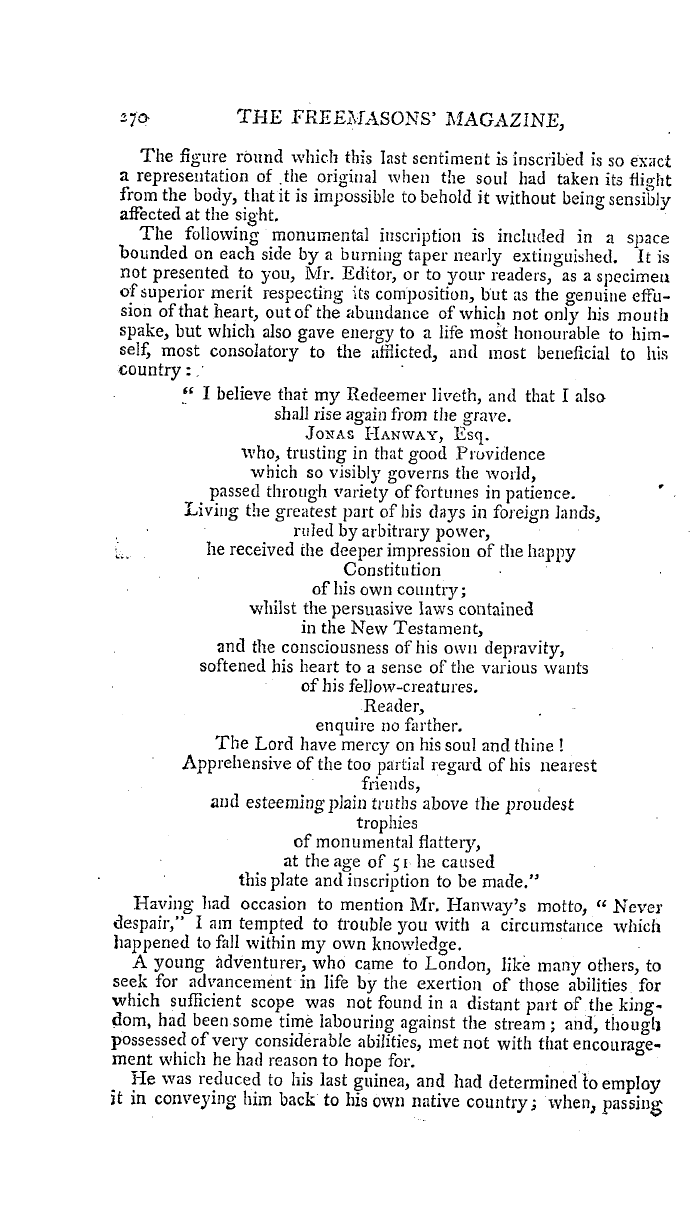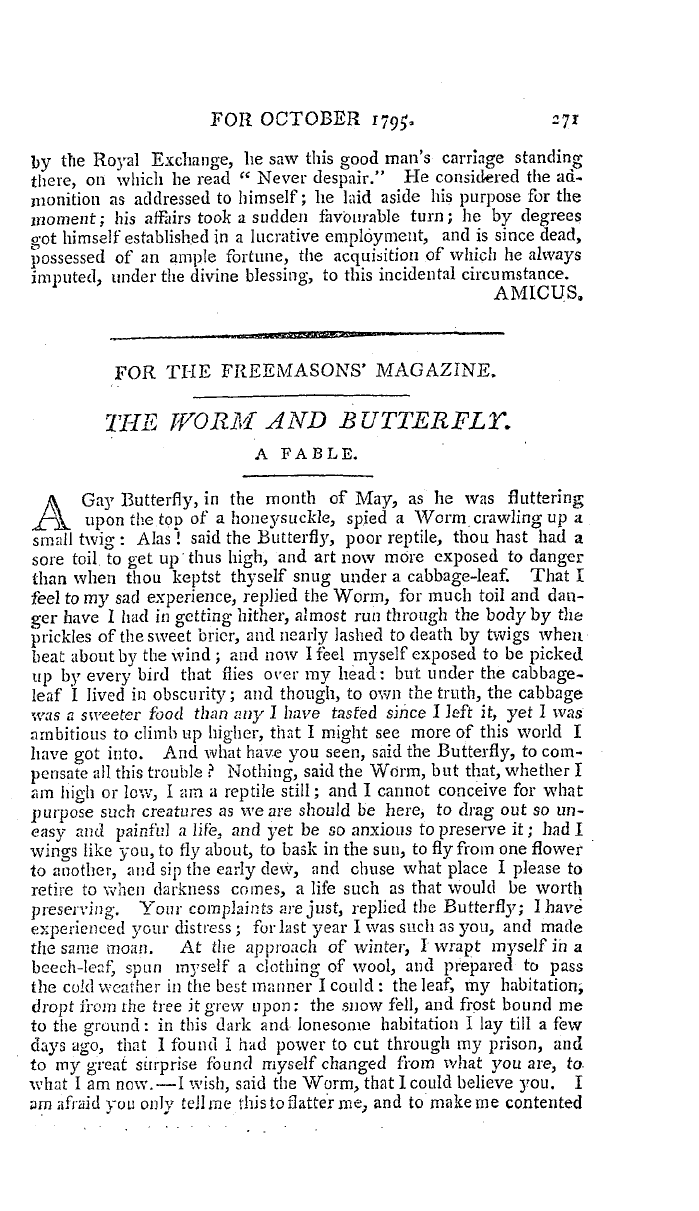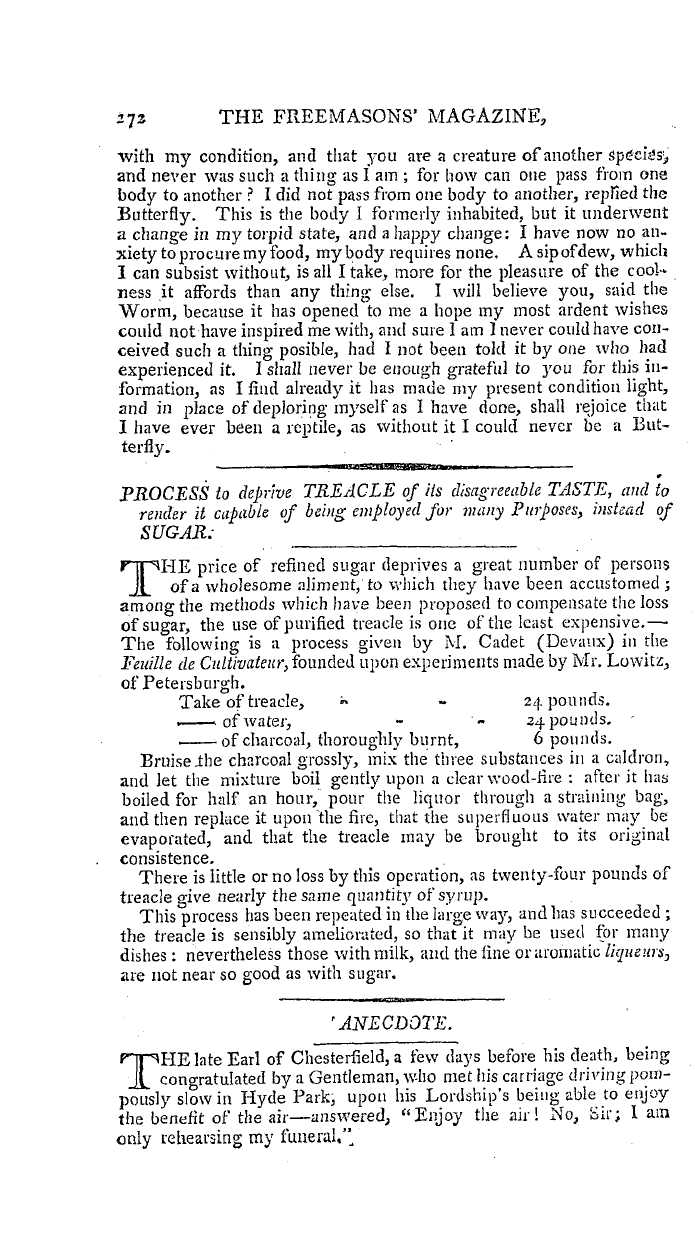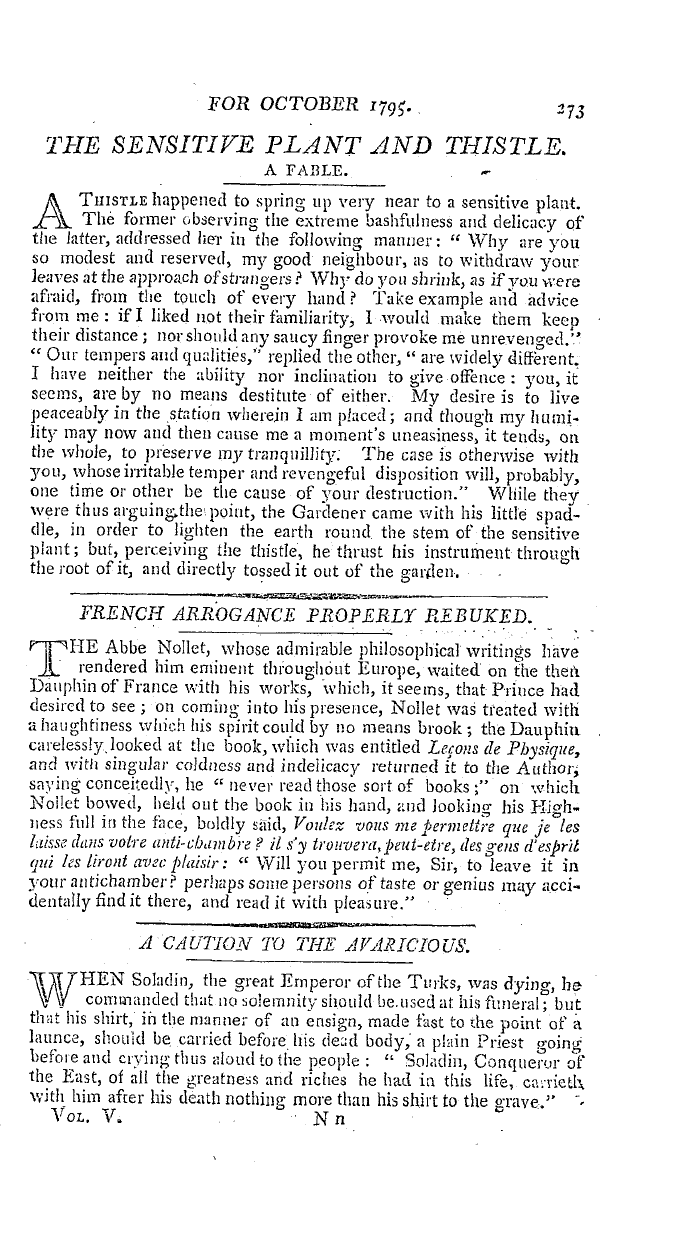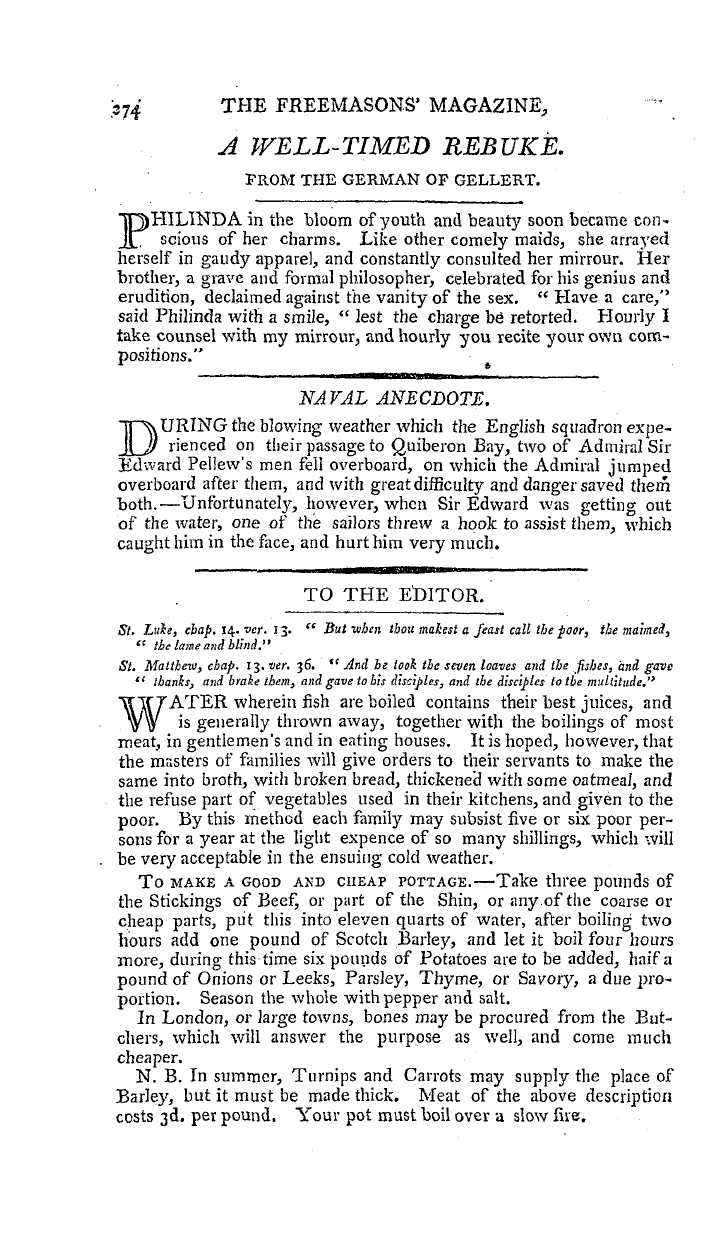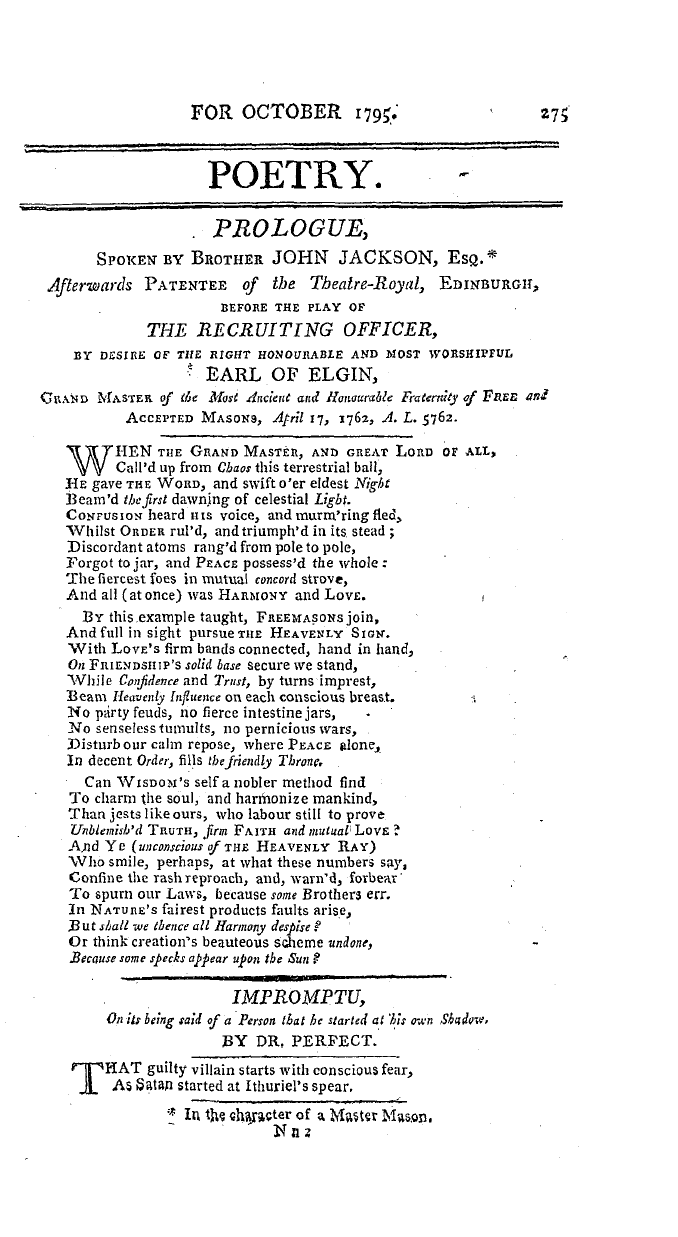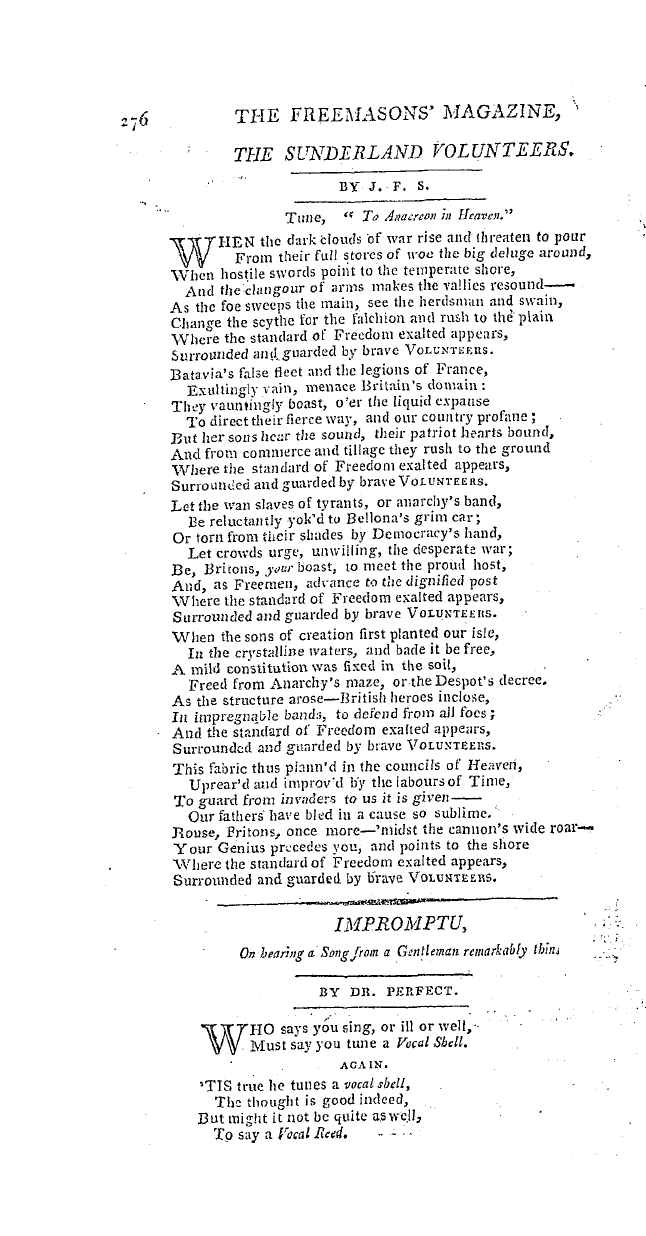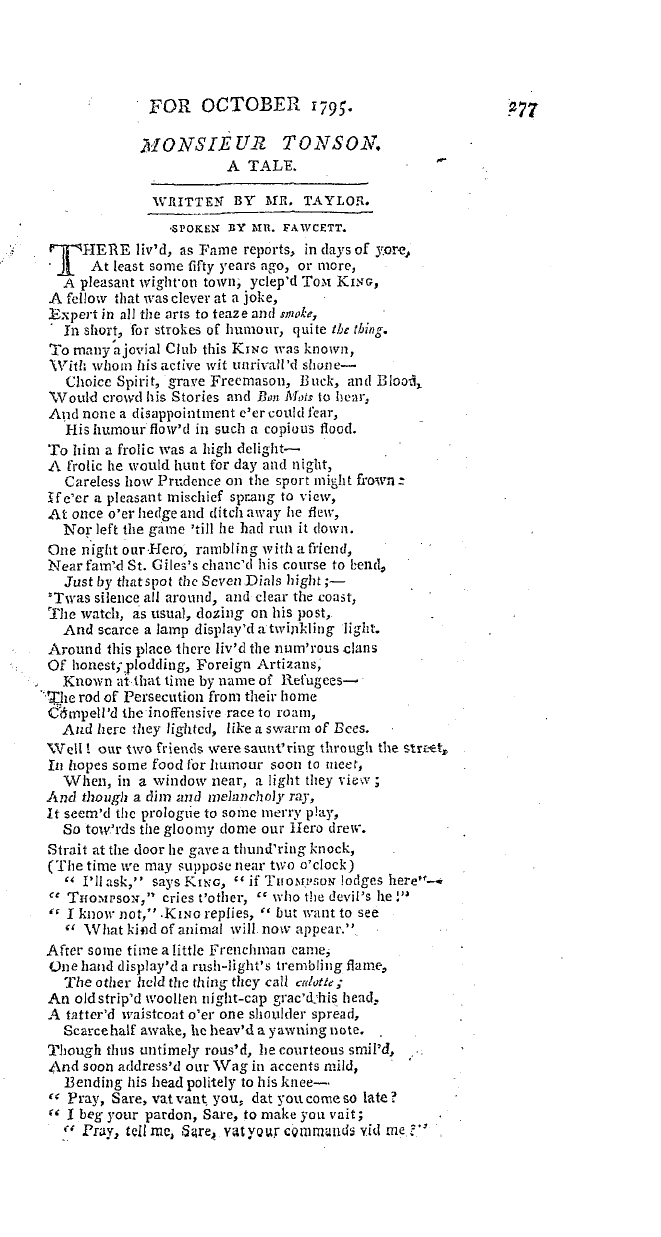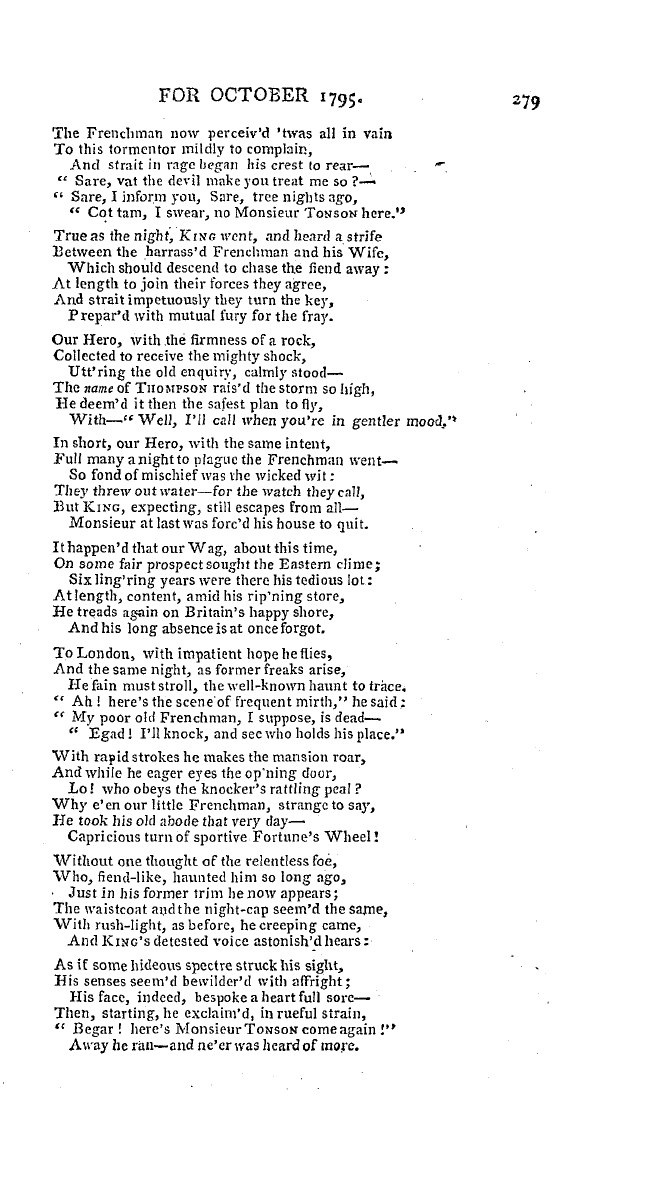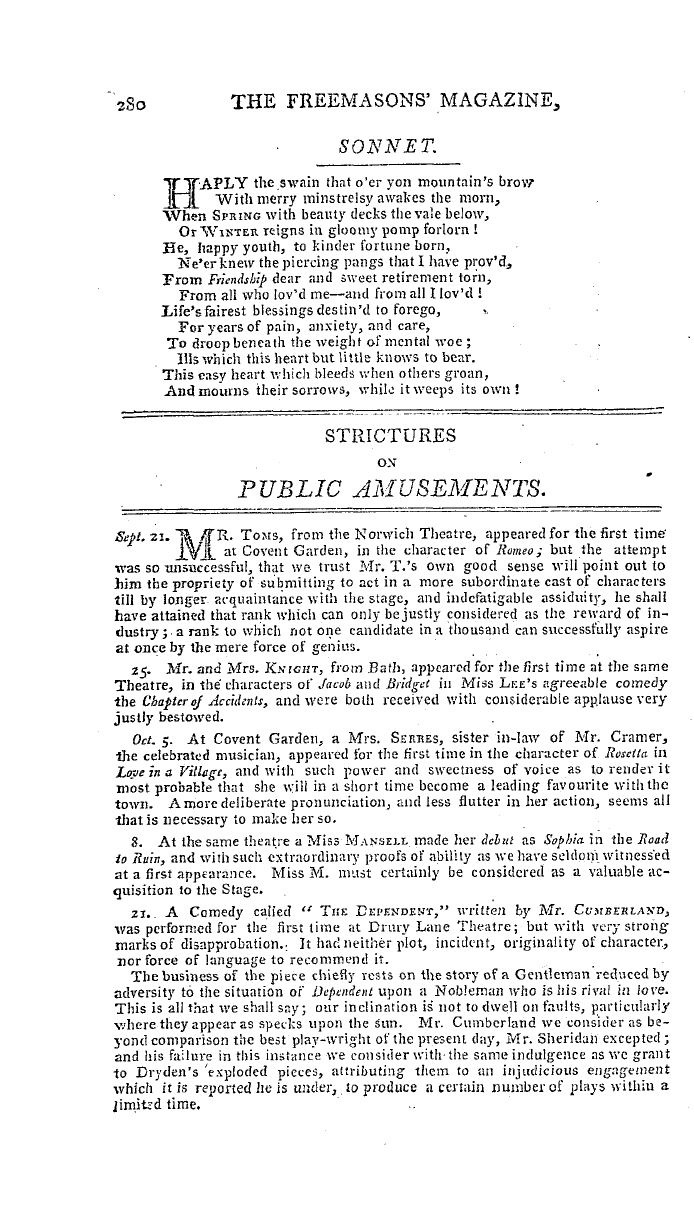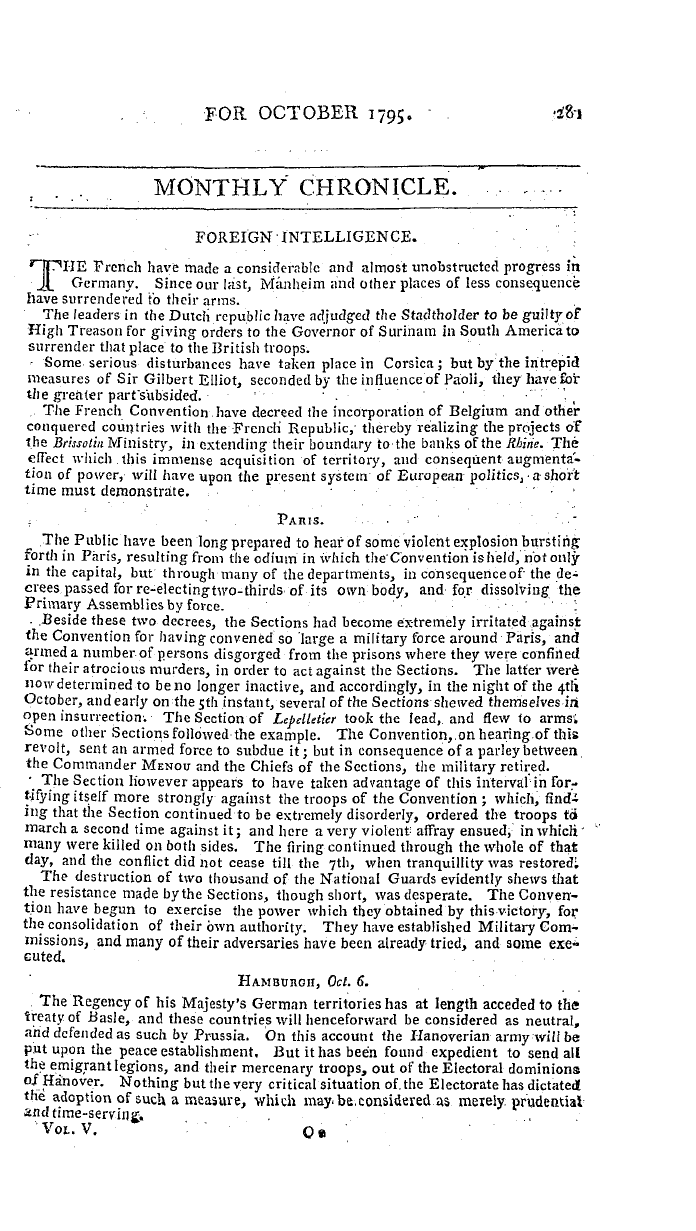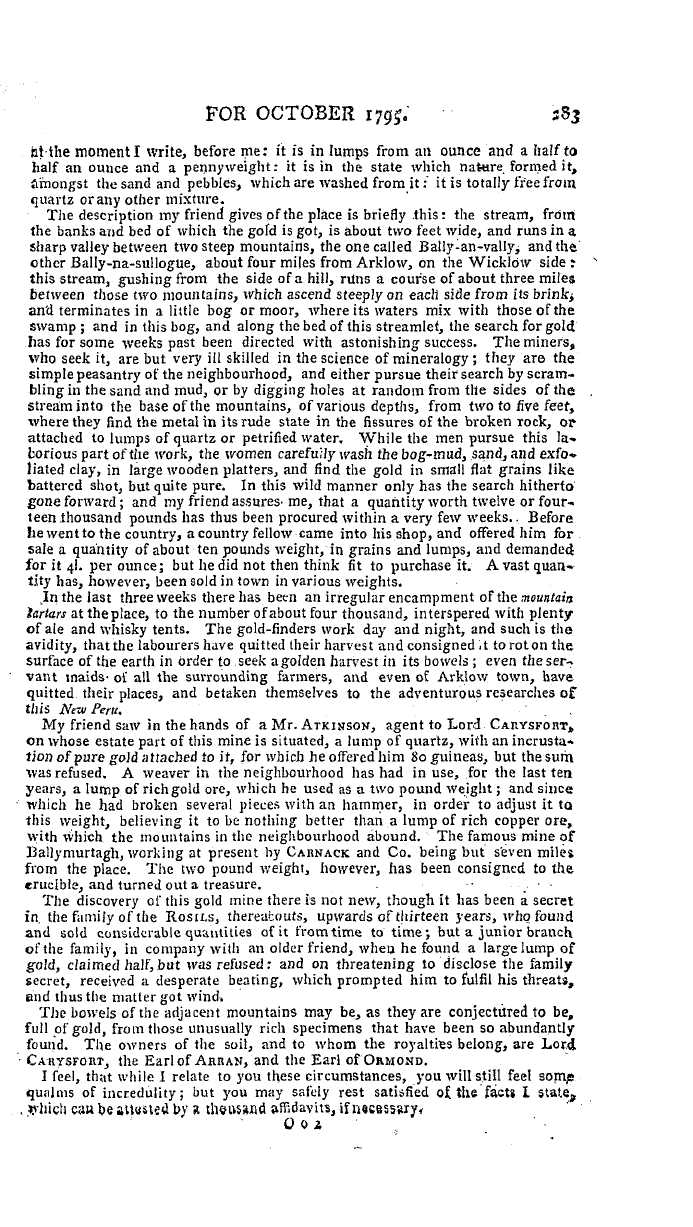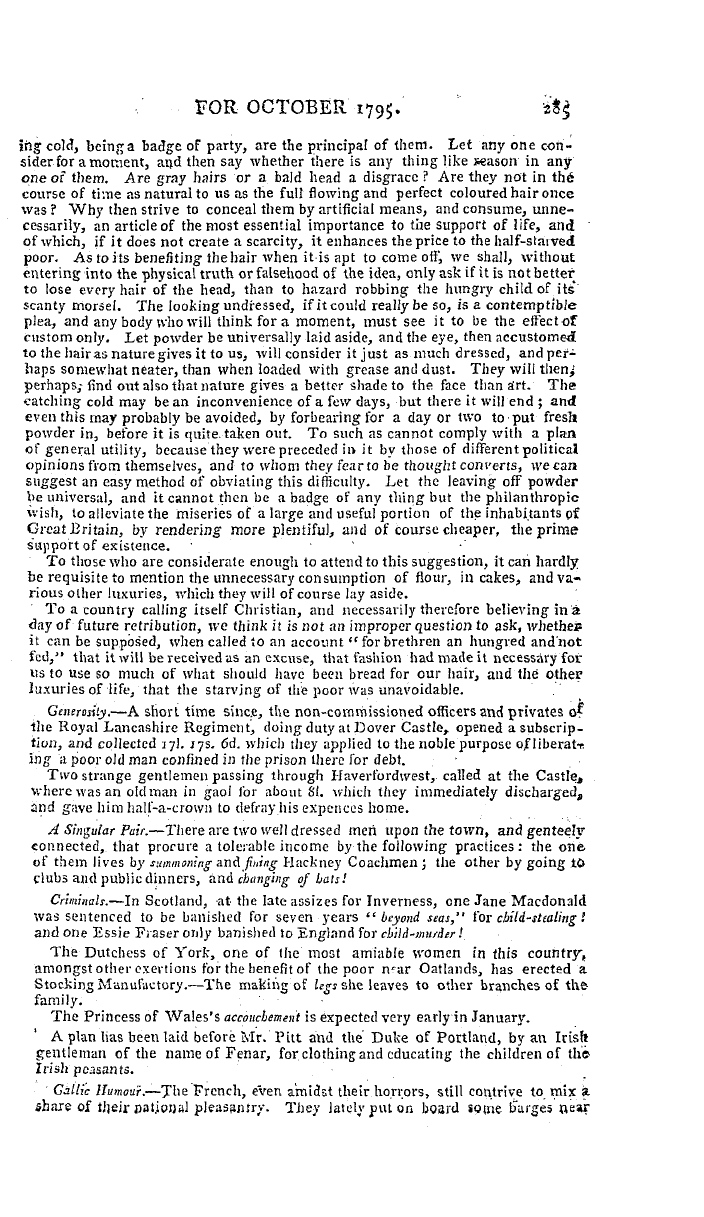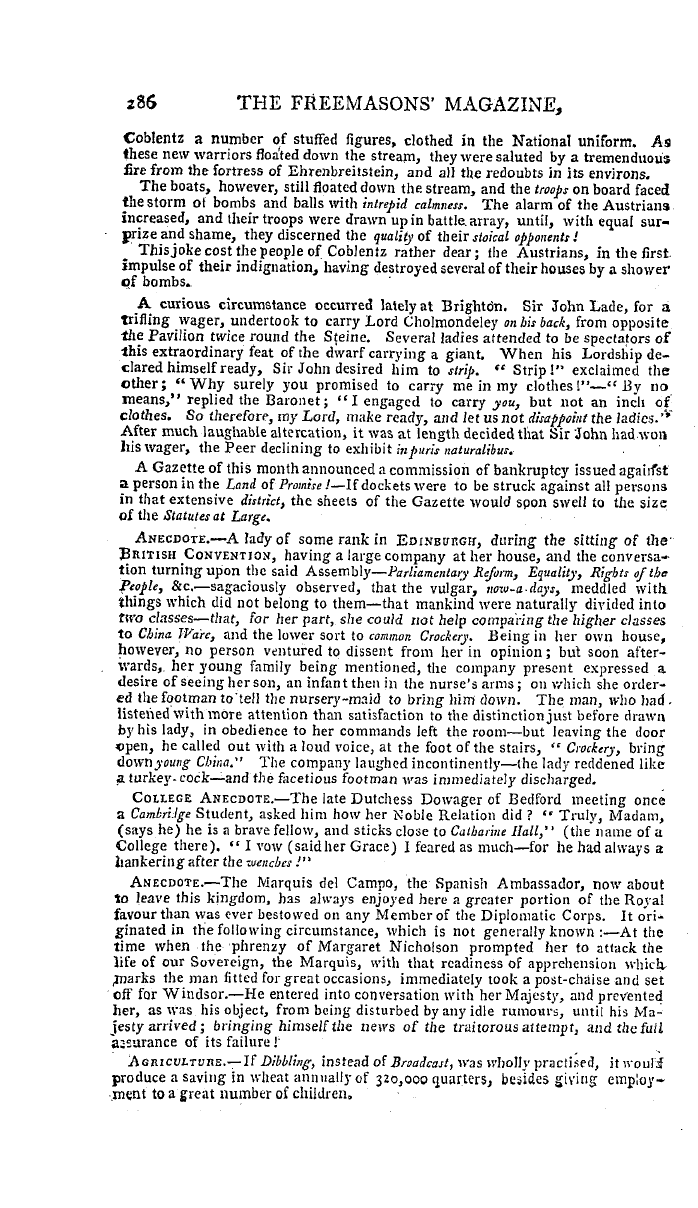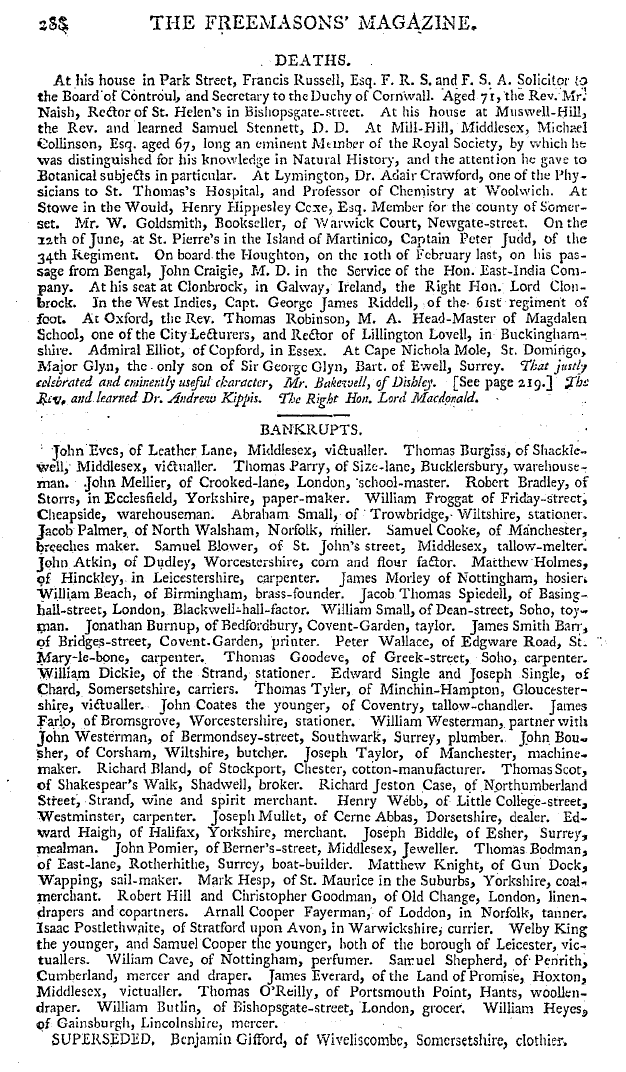-
Articles/Ads
Article HISTORY OF MASONRY. ← Page 6 of 8 →
Note: This text has been automatically extracted via Optical Character Recognition (OCR) software.
History Of Masonry.
furious narrow-minded followers of Mahomet overran the country ; it therefore at present exhibits nothing but a depraved race of wretched inhabitants , living among the sad ruins of works too stupendous even tor the ravages of time and conquerors to destroy ; and which only exist to shew what the Egyptians once were , and how low human nature can degenerate ! We shall therefore leave the melancholy sceneand sail over to the Hellespontwherein the island of Cyzicus
,, , , , there was once to be seen a superb temple , with threads of beaten gold in the joints of the marble stones , that cast a fine lustre on all the statues and images : and the curious echo of the seven towers at the Thracian gate of Cyzicus ; with the large Boleutorion or townhouse , without one pin or nail in the carpenters work ; so that the beams and rafters could be taken offand again put onwithout laces
, , or keys to bind them . [ Before Christ 300 . 3 The Rhodians employed the famous architect Chares , of Lindus , to erect the great Colossus , at Rhodes , tvhich employed him and his craftsmen for twelve years . It was esteemed the last of the seven wonders of art , and the greatest human statue under the sunto which it was dedicated . It was 70 cubifs
, high , and duly proportioned in every part and limb , striding over the mouth of the harbour which was 50 fathoms wide ; aud capable of receiving the largest ships under sail : in one hand it held alighthouse for the direction of mariners , and the face of the Colossus was a representation of the sun . It was thrown down by an earthquake , after it had stood 66 years , and lay where it fell 8 94 years more ; till
at length , in the year of Christ 672 , Moawias , the sixth caliph bf the Saracens , having taken Rhqdes , sold the brass to a Jew merchant , who loaded with it 900 camels : allowing therefore only 800 pounds -weight to every camel ' s burden , the brass of this colossus , after the waste of so many years , by the corrosion of the metal , and & ccasional embezzlements , amounted to 720 , 000 pounds weight . ' . at held in such irited state of
The Grecian islands , present a disp subjection under the haughty Turks , exhibit the most convincing evidences of antient prosperity and yigorous cultivation of the polite arts ; by the multitude of magnificent ruins yet scattered about them . These remains strike the curious traveller with the most respectful ideas of the people capable of such rich and ornamental structures .
The isle of Paros , in particular , one of the most considerable of those called the Cyclades , is abundant in such masonic relics ; columns , statues , cornices , architraves , of exquisite workmanship , are discernable in great abundance in the walls of modern buildings , where they are lavished without taste , and placed without any order or arrangement . There is an old castle in the island , built with no other
materials than ruins of the most magnificent edifices . Paros was the native country of Archilochus , the Aretin of antient times ; ofAgoracrites , the disciple of Phidias ; and of Polignotes , Arcesilas , and Nicanor , who carried the art of encaustic painting to a considerable decree of perfection . This island is also famous for having furnished the--Arundel marbles , which comprehend the principal epochas of Grecian history , from Cec . rops to Alexander ; and which are justly
Note: This text has been automatically extracted via Optical Character Recognition (OCR) software.
History Of Masonry.
furious narrow-minded followers of Mahomet overran the country ; it therefore at present exhibits nothing but a depraved race of wretched inhabitants , living among the sad ruins of works too stupendous even tor the ravages of time and conquerors to destroy ; and which only exist to shew what the Egyptians once were , and how low human nature can degenerate ! We shall therefore leave the melancholy sceneand sail over to the Hellespontwherein the island of Cyzicus
,, , , , there was once to be seen a superb temple , with threads of beaten gold in the joints of the marble stones , that cast a fine lustre on all the statues and images : and the curious echo of the seven towers at the Thracian gate of Cyzicus ; with the large Boleutorion or townhouse , without one pin or nail in the carpenters work ; so that the beams and rafters could be taken offand again put onwithout laces
, , or keys to bind them . [ Before Christ 300 . 3 The Rhodians employed the famous architect Chares , of Lindus , to erect the great Colossus , at Rhodes , tvhich employed him and his craftsmen for twelve years . It was esteemed the last of the seven wonders of art , and the greatest human statue under the sunto which it was dedicated . It was 70 cubifs
, high , and duly proportioned in every part and limb , striding over the mouth of the harbour which was 50 fathoms wide ; aud capable of receiving the largest ships under sail : in one hand it held alighthouse for the direction of mariners , and the face of the Colossus was a representation of the sun . It was thrown down by an earthquake , after it had stood 66 years , and lay where it fell 8 94 years more ; till
at length , in the year of Christ 672 , Moawias , the sixth caliph bf the Saracens , having taken Rhqdes , sold the brass to a Jew merchant , who loaded with it 900 camels : allowing therefore only 800 pounds -weight to every camel ' s burden , the brass of this colossus , after the waste of so many years , by the corrosion of the metal , and & ccasional embezzlements , amounted to 720 , 000 pounds weight . ' . at held in such irited state of
The Grecian islands , present a disp subjection under the haughty Turks , exhibit the most convincing evidences of antient prosperity and yigorous cultivation of the polite arts ; by the multitude of magnificent ruins yet scattered about them . These remains strike the curious traveller with the most respectful ideas of the people capable of such rich and ornamental structures .
The isle of Paros , in particular , one of the most considerable of those called the Cyclades , is abundant in such masonic relics ; columns , statues , cornices , architraves , of exquisite workmanship , are discernable in great abundance in the walls of modern buildings , where they are lavished without taste , and placed without any order or arrangement . There is an old castle in the island , built with no other
materials than ruins of the most magnificent edifices . Paros was the native country of Archilochus , the Aretin of antient times ; ofAgoracrites , the disciple of Phidias ; and of Polignotes , Arcesilas , and Nicanor , who carried the art of encaustic painting to a considerable decree of perfection . This island is also famous for having furnished the--Arundel marbles , which comprehend the principal epochas of Grecian history , from Cec . rops to Alexander ; and which are justly










































